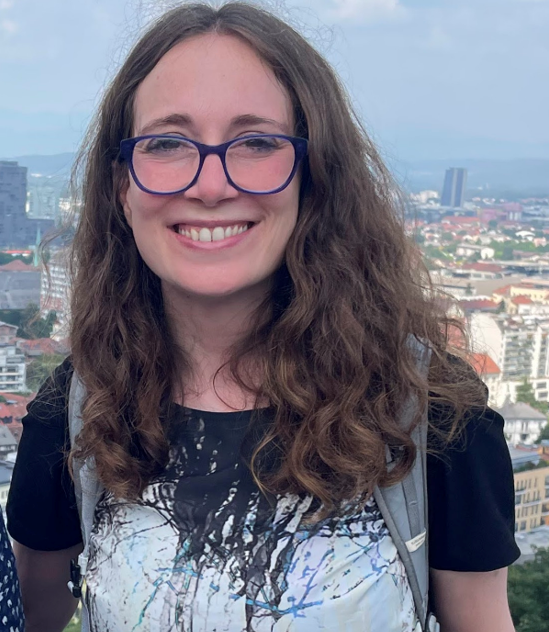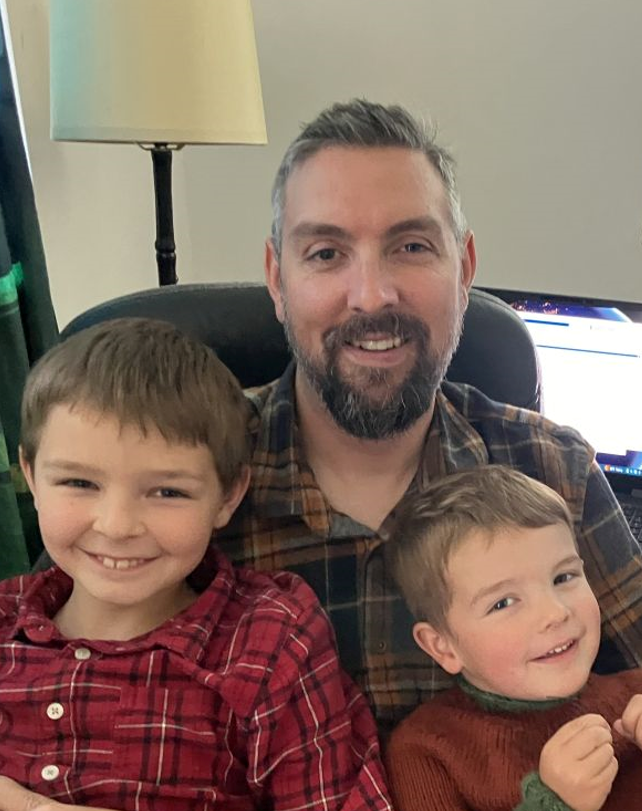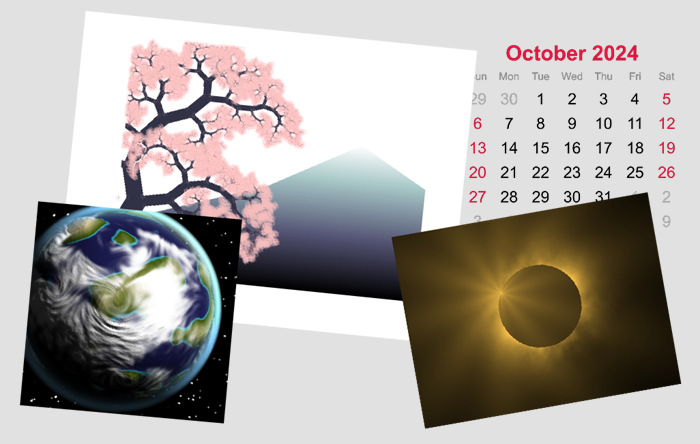Community Q&A – Jenny Bosten
Jenny Bosten is a Mini Hack rock star. The name "Mini Hack" refers to our MATLAB competitions, of which there have been several. For each of these Mini Hack competitions, Jenny has created images and animations of surpassing beauty, all with a deft handful of MATLAB commands. Every one of her entries is a work of art, demonstrating a deep understanding of the relationship between mathematics and aesthetics. None other than Cleve Moler (the original author of MATLAB) wrote admiringly in his blog: "Her code for Time Lapse of Lake View to the West shows she is also a wizard of coordinate systems and color maps." As you can imagine, we were thrilled to have a conversation with her and learn more about her story.

A: I started MATLAB when I started by PhD and had to code an experiment on visual perception (in colour perception area). I had some code for a totally different experiment that someone had written as my main source of information on how to code!
A: I thought it was a competition that nicely combines some of my interests in MATLAB, vision science and aesthetics. I thought making code very concise (tweet length) was an interesting challenge.
A: I think to make something aesthetic some randomness is key. Natural scenes that people find beautiful have characteristic visual statistics. They aren’t too regular, they have a certain fractal dimension, a certain slope if you plot contrast against spatial frequency. Using randomness allows us to mimic some of those properties and make the output seem less artificial and computer-generated. Another way of ‘softening’ the contents of image is using transparency and combining multiple layers, so that there is overlap and occlusion in the image – again, that makes the results look more natural.
A: I don’t study physical formations, I study the human visual system! That said, I do like clouds! I am a member of a photography group that shares images of skies and clouds, though I am more of a spectator than a contributor!
A: I was happy with Cumulus. I would have liked the clouds to be even fluffier, but it was about what I was aiming for within the character limit.
A: My all-time favourite contest entry is Tim’s 2022 Dunes of Mars. He has included an option to uncomment some lines to watch the ‘sand dunes’ form. This is really very impressive, and the result looks like a convincing image of the Martian surface from directly overhead.
A: I guess I would try to make default plotting options more aesthetic. Things have been heading in that direction over the years, but it would help students and people new to MATLAB to be able to produce publishable graphics more easily.
A: I think the best way of learning MATLAB is to problem-solve with it. Try to solve an interesting problem with it that you care about. Even if it is something that you could easily solve with a spreadsheet or Photoshop!
A: I enjoy learning about human visual perception, and basically most other topics in science. I like to travel, play the cello, swim, and spend time with my family!










评论
要发表评论,请点击 此处 登录到您的 MathWorks 帐户或创建一个新帐户。